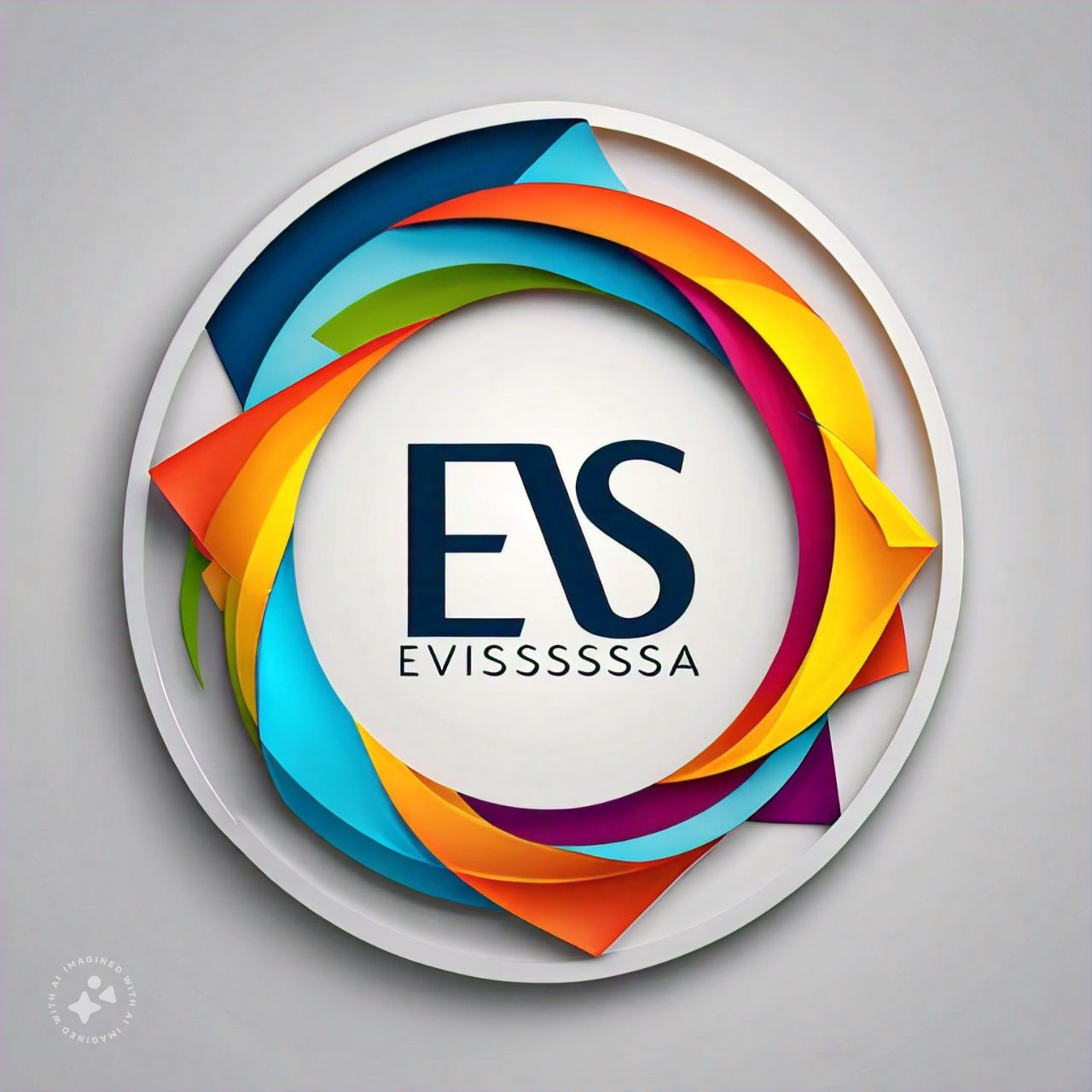
Understanding Permanent Residency Visa: A Path to Long-Term Stay
A Permanent Residency (PR) visa is an immigration status that allows individuals to live and work in a country indefinitely, without the need for a specific work or student visa. Unlike temporary visas, which are often limited to a specific duration and purpose, a permanent residency visa provides more stability, freedom, and access to the country’s benefits. While each country has its own set of criteria and application processes for granting permanent residency, the concept remains a popular option for individuals seeking long-term settlement in another country.
What is a Permanent Residency Visa?
A Permanent Residency (PR) visa allows a foreign national to live in a country on a permanent basis, often without the limitations imposed by other visa types, such as work or tourist visas. It grants the holder most of the rights and privileges of a citizen, except for the ability to vote or hold public office. Permanent residents can live, work, and study in the country, and they may be eligible for social benefits like healthcare and education, depending on the country’s policies.
Although the PR visa provides a pathway to settle in a country, it is distinct from citizenship. Permanent residents usually enjoy the same rights as citizens, but they may still be subject to certain restrictions. For instance, they are often required to renew their PR status after a certain number of years, and their PR status may be revoked if they violate certain laws or fail to meet residency requirements.

Types of Permanent Residency Visas
Different countries have various categories of permanent residency visas, each designed for specific groups of individuals. The most common categories include:
- Skilled Worker Visa
Many countries prioritize skilled workers to fill labor shortages in specific industries. For example, Canada and Australia have points-based immigration systems that assess candidates based on skills, education, work experience, language proficiency, and other factors. Those who qualify can apply for a permanent residency visa. - Family Sponsorship Visa
Family sponsorship visas are designed to allow family members, such as spouses, children, and sometimes extended relatives, to join permanent residents or citizens in the country. This type of visa can lead to permanent residency for family members after fulfilling certain requirements. - Investment Visa
Some countries offer permanent residency to individuals who invest a certain amount of money in the country’s economy. This can include purchasing real estate, starting a business, or making financial contributions. In return, investors and their families may receive permanent residency status. - Refugee or Asylum Status
Individuals who are granted refugee or asylum status due to fear of persecution in their home countries may be eligible for permanent residency. These individuals are typically given the right to live and work in the country until they are able to return home safely or establish themselves permanently in their new country. - Student or Graduate Visa
In certain countries, international students who graduate from a local university may be eligible for a transition to permanent residency. Countries like Canada and Australia provide opportunities for students who complete their education to apply for permanent residency, especially if they gain employment in fields where there is a demand for workers.
Benefits of Permanent Residency
Obtaining permanent residency offers several key advantages, making it a desirable option for those who wish to live in a foreign country. Some of the main benefits include:
- Right to Live and Work
Permanent residents have the right to live and work anywhere in the country without needing a specific work visa. This allows greater flexibility and access to the job market, which is often a significant advantage compared to temporary visas that limit employment opportunities. - Access to Healthcare and Education
Many countries offer free or subsidized healthcare and education to permanent residents, making it easier for them to access these essential services. This can be a major benefit for individuals looking to build a life in a new country, especially for families with children. - Pathway to Citizenship
In some countries, obtaining permanent residency is the first step toward citizenship. After holding permanent residency for a certain period of time (usually 3 to 5 years), an individual may be eligible to apply for naturalization and become a citizen of the country. This offers the opportunity for full political participation, including the right to vote. - Social Benefits and Retirement
Permanent residents are often eligible for social security benefits, including pensions, unemployment insurance, and other retirement-related benefits. This can provide a sense of financial security for those planning to live in the country long-term. - Travel Flexibility
Permanent residents may also benefit from travel flexibility, including the ability to travel in and out of the country without the restrictions that come with other types of visas. However, some countries may require residents to meet minimum stay requirements to maintain their PR status.
How to Apply for a Permanent Residency Visa
The application process for a permanent residency visa varies from country to country. Generally, applicants need to meet specific eligibility criteria, submit the required documentation, and follow these basic steps:
- Check Eligibility
Before applying, it’s important to check the eligibility requirements for permanent residency in the country you are interested in. This could include factors such as age, education, work experience, language proficiency, and financial stability. - Submit an Application
Applicants typically need to submit an application form and provide supporting documents, such as proof of employment, educational qualifications, financial stability, and language proficiency test results. In some cases, applicants may also need to pass a medical exam and background check. - Wait for Approval
Once the application is submitted, it may take several months or even years for the immigration authorities to process the application. The processing time varies depending on the country, the type of PR visa, and the applicant’s specific circumstances. - Meet Residency Requirements
After obtaining a permanent residency visa, the applicant may need to meet residency requirements, such as spending a certain amount of time in the country each year. Failure to comply with these requirements could result in the loss of permanent residency status.
Conclusion
A Permanent Residency (PR) visa offers individuals the opportunity to live, work, and contribute to a foreign country on a long-term basis. Whether obtained through skilled work, family sponsorship, investment, or other means, a PR visa provides a solid foundation for individuals and families who wish to establish themselves in a new country. With numerous benefits, including the ability to live freely, access social services, and even apply for citizenship, permanent residency is an attractive option for those seeking stability and opportunity in a globalized world. However, applicants should be prepared for a thorough process and ensure they meet all the necessary requirements to secure their PR status.

